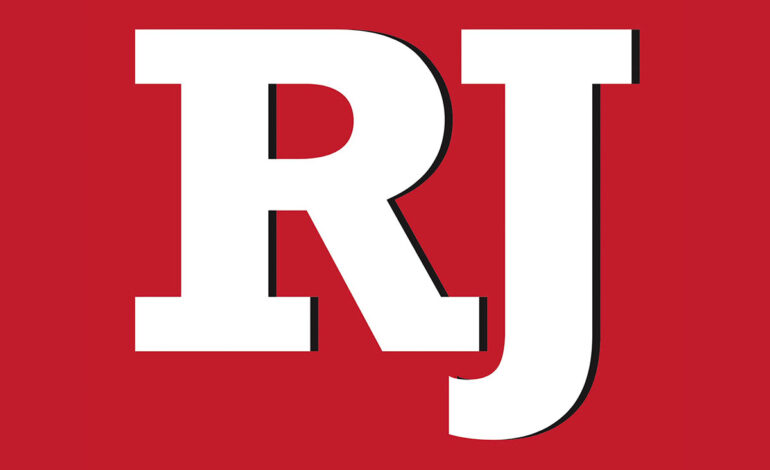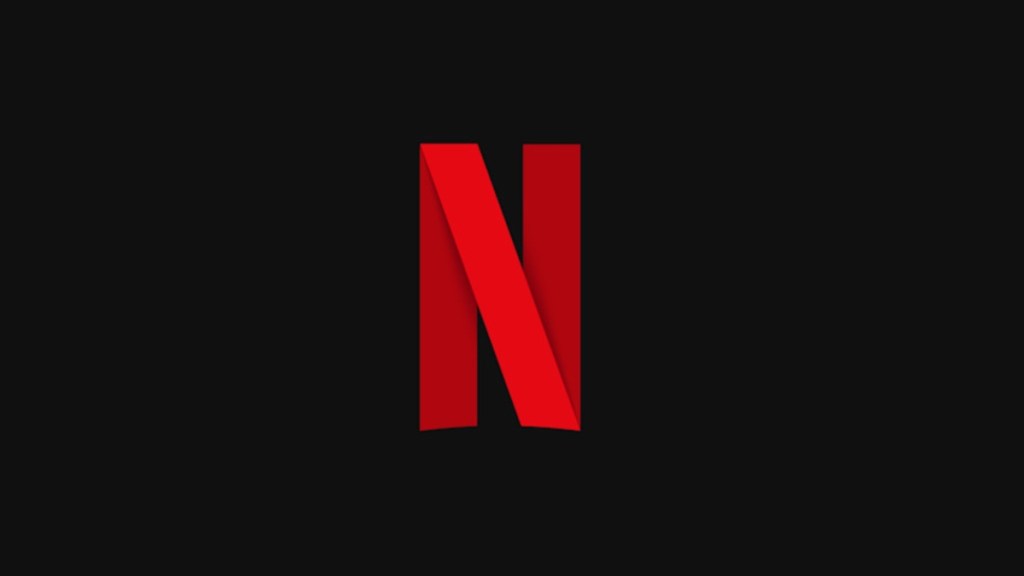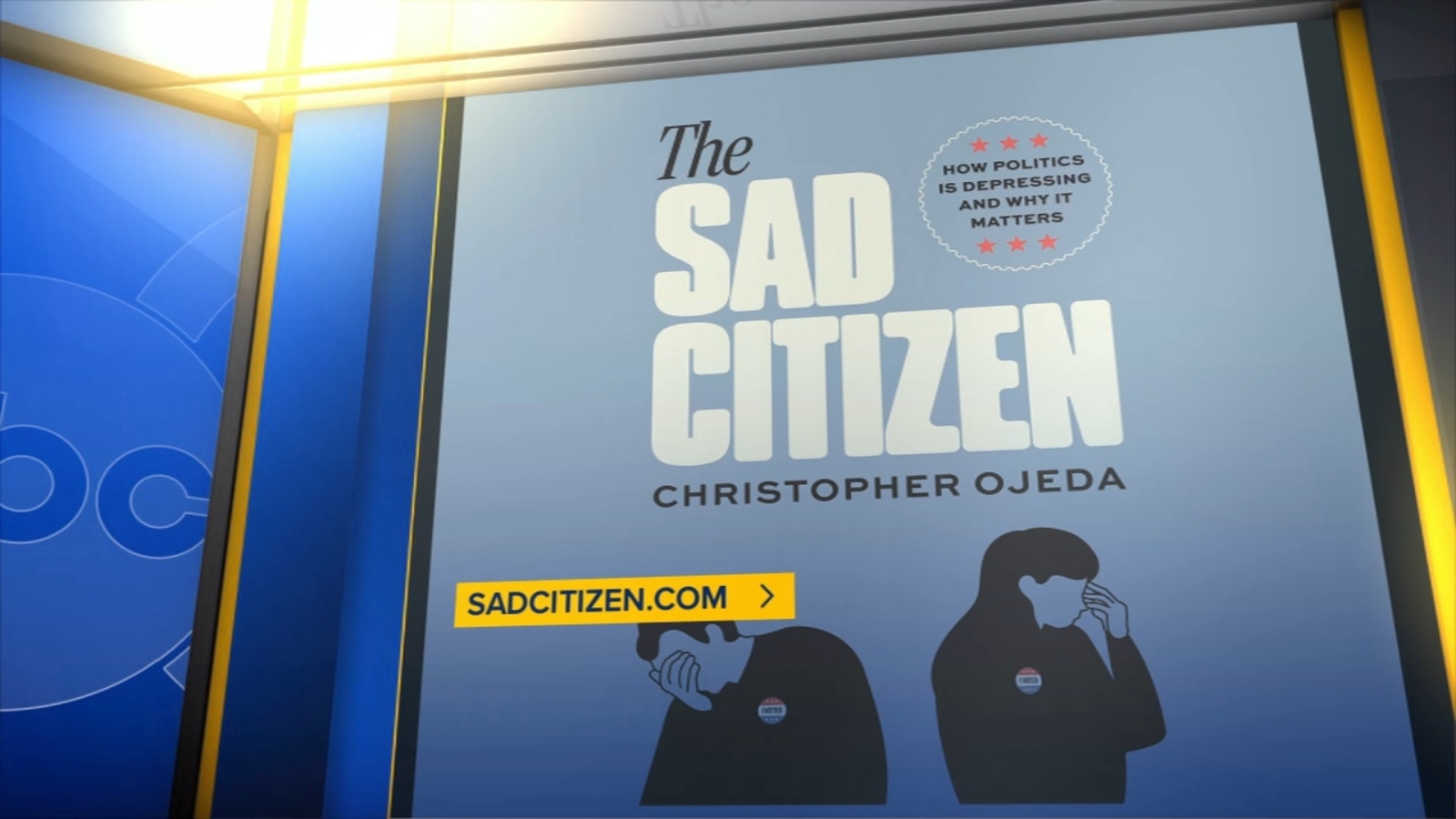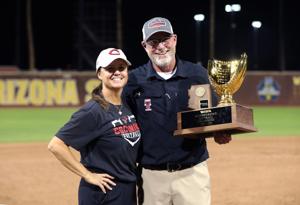Editorial Cartoons Reflect Global Concerns Over Education Failures

Recent editorial cartoons from various outlets highlight a growing sentiment regarding the state of education in the United States and beyond. These illustrations serve as a sharp commentary on perceived failures within the educational system, sparking discussions about the effectiveness of current policies and practices.
The cartoons depict a range of issues affecting schools, including inadequate funding, overcrowded classrooms, and declining student performance. These challenges are not isolated to the United States; similar themes resonate globally as nations grapple with how to improve educational outcomes.
Visual Commentary on Educational Challenges
Editorial cartoons are often a reflection of societal sentiments, and the recent wave of illustrations regarding education underscores a collective concern that many feel. For instance, one cartoon portrays a classroom where students are overwhelmed by the pressures of standardized testing, a critique of policies that prioritize testing over holistic learning.
Another cartoon takes aim at the disparity in funding between affluent and underprivileged schools, illustrating the stark contrast in resources available to students. This visual commentary highlights the ongoing debate about equity in education, emphasizing that all students deserve access to quality learning environments.
The usage of humor and satire in these cartoons allows for a unique engagement with serious issues. They challenge readers to reflect on their own educational experiences and consider the broader implications of policy decisions.
Global Perspectives on Education Policy
The issues depicted in these cartoons are echoed in reports from educational organizations worldwide. According to a study by the Organisation for Economic Co-operation and Development (OECD), countries that invest in education and prioritize equitable access tend to have better student outcomes. This reinforces the messages conveyed in the editorial cartoons, urging policymakers to rethink their approaches.
As discussions around education continue to evolve, these cartoons serve as a reminder of the importance of addressing systemic issues within the school system. They call for action from educators, policymakers, and communities to ensure that all students have the opportunity to succeed.
In conclusion, editorial cartoons provide a powerful platform for expressing concerns about education. By using humor and satire, they engage a wide audience and encourage meaningful dialogue about the future of learning in both the United States and around the world. As the conversation grows, it remains essential to listen to these artistic reflections and consider their implications for educational reform.






